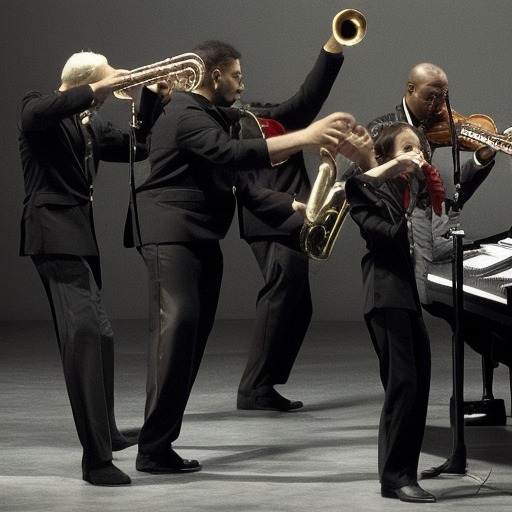Jazz: A Unique and Evolving Genre
Jazz is a genre of music that originated in the late 19th and early 20th centuries in African American communities in the United States. It is characterized by its improvisation, syncopated rhythms, and a strong emphasis on individual expression. Jazz has since evolved and branched out into various subgenres, making it one of the most influential and enduring forms of music in the world.
The Origins of Jazz
Jazz has its roots in the African American experience, drawing inspiration from African musical traditions, spirituals, work songs, and the blues. It emerged in the early 20th century in cities like New Orleans, where diverse cultural influences converged. The city’s unique mix of African, European, and Caribbean cultures gave rise to a vibrant music scene that laid the foundation for jazz.
Key Figures in Jazz
Several key figures have shaped the development of jazz. Louis Armstrong, often referred to as the “Father of Jazz,” was a trumpeter and vocalist who popularized the genre in the 1920s. His innovative playing style and charismatic stage presence influenced generations of musicians. Other notable jazz musicians include Duke Ellington, Charlie Parker, Miles Davis, and John Coltrane, each contributing their unique styles and pushing the boundaries of the genre.
Styles and Subgenres
Jazz has evolved over time, giving rise to numerous subgenres and styles. Some of the most notable include:
- Swing: Emerged in the 1930s and 1940s, characterized by its lively, danceable rhythms and big band arrangements.
- Bebop: Developed in the 1940s, known for its complex harmonies, fast tempos, and improvisation.
- Cool Jazz: Popularized in the 1950s, characterized by its relaxed and understated sound, often featuring intricate arrangements.
- Free Jazz: Emerged in the 1960s, pushing the boundaries of traditional jazz by emphasizing improvisation and experimentation.
- Latin Jazz: Combines jazz with Latin American rhythms and instrumentation, creating a vibrant and energetic fusion.
Influence and Impact
Jazz has had a profound influence on various musical genres, including rock, pop, and hip-hop. Its improvisational nature and emphasis on individual expression have inspired countless musicians to explore new creative possibilities. Jazz has also played a significant role in promoting social change and breaking down racial barriers. During the civil rights movement in the 1960s, jazz became a symbol of freedom and equality, with artists using their music to express their political and social views.
Jazz Today
While jazz continues to evolve, it remains a vibrant and influential genre. Contemporary jazz musicians draw inspiration from the rich history of the genre while incorporating elements of other musical styles. Jazz festivals and clubs around the world provide platforms for both established and emerging artists to showcase their talent and connect with audiences.
Conclusion
Jazz is a genre of music that has captivated audiences for over a century. Its origins in African American communities and its ability to adapt and evolve have made it a truly unique and enduring art form. From its early roots in New Orleans to its global influence today, jazz continues to push boundaries and inspire musicians and listeners alike. Whether it’s the swinging rhythms of the big band era or the experimental sounds of contemporary jazz, this genre remains a testament to the power of creativity and individual expression.












